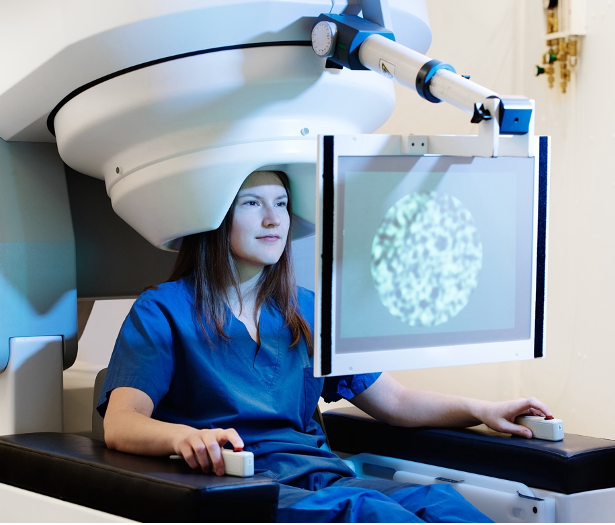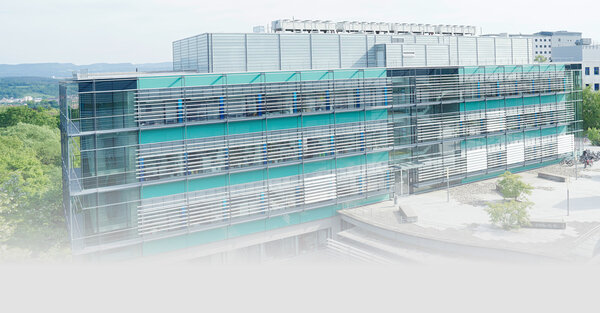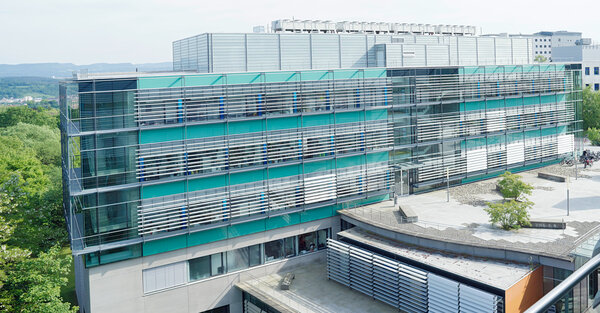In everyday life, decisions are often tightly bound to actions – like reaching for a glass when we’re thirsty. Neuroscientific theories have long assumed that choices are inherently tied to motor plans. A new study led by Prof. Dr. Markus Siegel and first author Dr. Katrina Quinn from the Hertie Institute for Clinical Brain Research at the University of Tübingen now challenges this view. The researchers show that even when the link between choice and action remains stable over time, the brain represents choices independently of the motor actions used to report them.
The study, published in Communications Biology, used magnetoencephalography (MEG) to measure human brain activity during a visual decision task. Participants had to judge whether visual stimuli contained more upward or downward motion and report their decision by pressing one of two buttons. The mapping between choices and button presses remained fixed throughout each block of trials. Still, the brain represented participants’ decisions independently of both stimulus and response – with strongest signals in a distributed network, particularly in frontoparietal regions.
“These findings show that the brain encodes choices in an abstract format, even when a concrete action is directly linked to the perceptual decision,” says Quinn. “This suggests that abstract choice processing is a fundamental feature of decision-making – not just a fallback when action planning is impossible.”
The study offers new insights into the architecture of human decision-making, with potential implications for cognitive research and disorders of choice behavior.
Publication:
Quinn KR, Sandhaeger F, Noury N, Zezelic E, Siegel M (2025) Abstract choice representations during stable choice-response associations. Communications Biology 8(1):75210
https://doi.org/10.1038/s42003-025-08129-1

Photo: MEG measurement at the MEG Center Tübingen
Copyright: HIH









